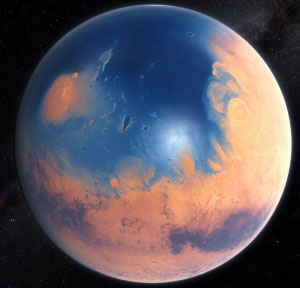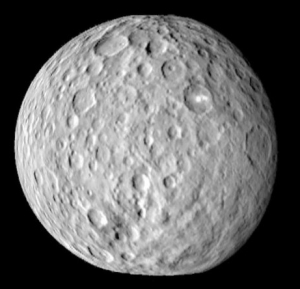It appears there will not be a battle in the Republican Party to replace John Boehner.
Instead, the Republicans in the House appear eager to accept their place as brown-nosing boot-lickers to Nancy Pelosi and Barack Obama. Moreover, the leadership that likes licking these boots is getting aggressive about it:
Heightening the party’s intramural angst were new political ads by the American Action Network, run by Boehner’s allies. They began running Tuesday in the districts of about 50 House Republicans who defied him on Homeland Security last week. The $400,000 campaign includes phone calls, a few TV ads, and ads on popular conservative talk radio shows. They urged constituents to call their representatives, not vote them out of office.
For years I’ve argued against splitting off a third party, because I know it will only fracture the right’s strengths and give more power to the left. At this point, however, I see no point supporting this Republican Party. It appears they have no interest in fighting for conservative values, and merely wish to act as a go-between between the left and the right, with their sole goal being to placate the right as they facilitate left wing policies.
If we are to be led by leftists, let’s let them lead, do their worst, and show the world exactly who they are. At least then there will be no doubt to future generations who destroyed this country.


